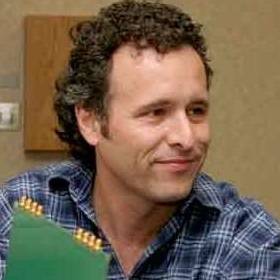This 3-day intensive course is for research, design, manufacturing, system, and test engineers; digital and RF engineers; scientists and university students in electrical engineering and physics.
Whether you’re switching fields or want to get caught up to the state of the art, you’ll get what you need.
Ransom Stephens’ high speed serial IO training course helps engineers master electrical signal analysis and hardware debug at data rates from 2.5 to 400 Gb/s.
- See how three key innovations—differential signaling, clock recovery, and equalization— enabled today’s high data rates; why they’re needed, how they work, and possible alternatives.
- Master the physical causes of signal distortion—loss, reflections, ISI (inter-symbol interference), crosstalk, and all types of jitter and noise—how to identify them, how to correct them, and, when necessary, how to live with them.
- Understand how signals behave in both the time and frequency domains and how to measure and interpret S-parameters, waveforms, eye diagrams, BER (bit error ratio) contours, and bathtub plots using oscilloscopes, VNAs (vector network analyzers), TDR (time-domain reflectometry), BER testers, and spectrum and phase noise analyzers.
- Explore the bandwidth-complexity trade-off between NRZ and PAM4 signaling schemes for lane rates of 50+ Gb/s and the new measurement techniques for evaluating PAM4 signals along with the pros and cons of forward error correction (RS-FEC). Using examples from cutting edge technologies – PCIe, OIF-CEI, SATA, Fiber Channel, 50-400 Gigabit Ethernet
This intensive course delivers a complete technical understanding of potential trouble spots in high speed components and systems, compliance, hardware debug, and functional testing.
"It’s an intense three days, but we’ll have a good time!" Ransom Stephens, Course Tutor
“Ransom is that teacher, the one who makes you wish you never left school.” Andy Martwick, Intel
See Ransom's webinar, "Understanding SNDR and all that goes into it," one of Signal Integrity Journal's top 5 webinars of 2019.
See Ransom's article, "PAM4 for Better and Worse" (published in the Signal Integrity Journal on 26 February 2019).

 Ransom Stephens, Ph.D. helps engineers advance to the highest data rates by teaching the concepts engineers need to design better systems, better SerDes (Serializer/Deserializer), and better ways to find problems and come up with solutions.
Ransom Stephens, Ph.D. helps engineers advance to the highest data rates by teaching the concepts engineers need to design better systems, better SerDes (Serializer/Deserializer), and better ways to find problems and come up with solutions.